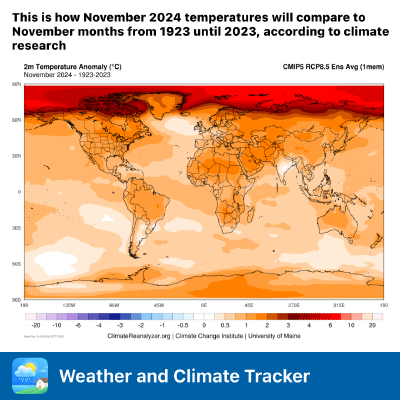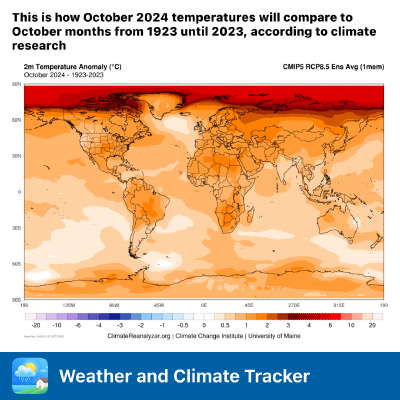
Southern Taurids Fireball Watch
The Southern Taurids keep autumn observers entertained with slow, persistent meteors from late September through mid-November. The shower usually peaks around 5 November with a modest zenithal hourly rate near 10, but the reward is quality over quantity: glowing fireballs flare often as large cometary grains burn up above Earth.
Read more...






